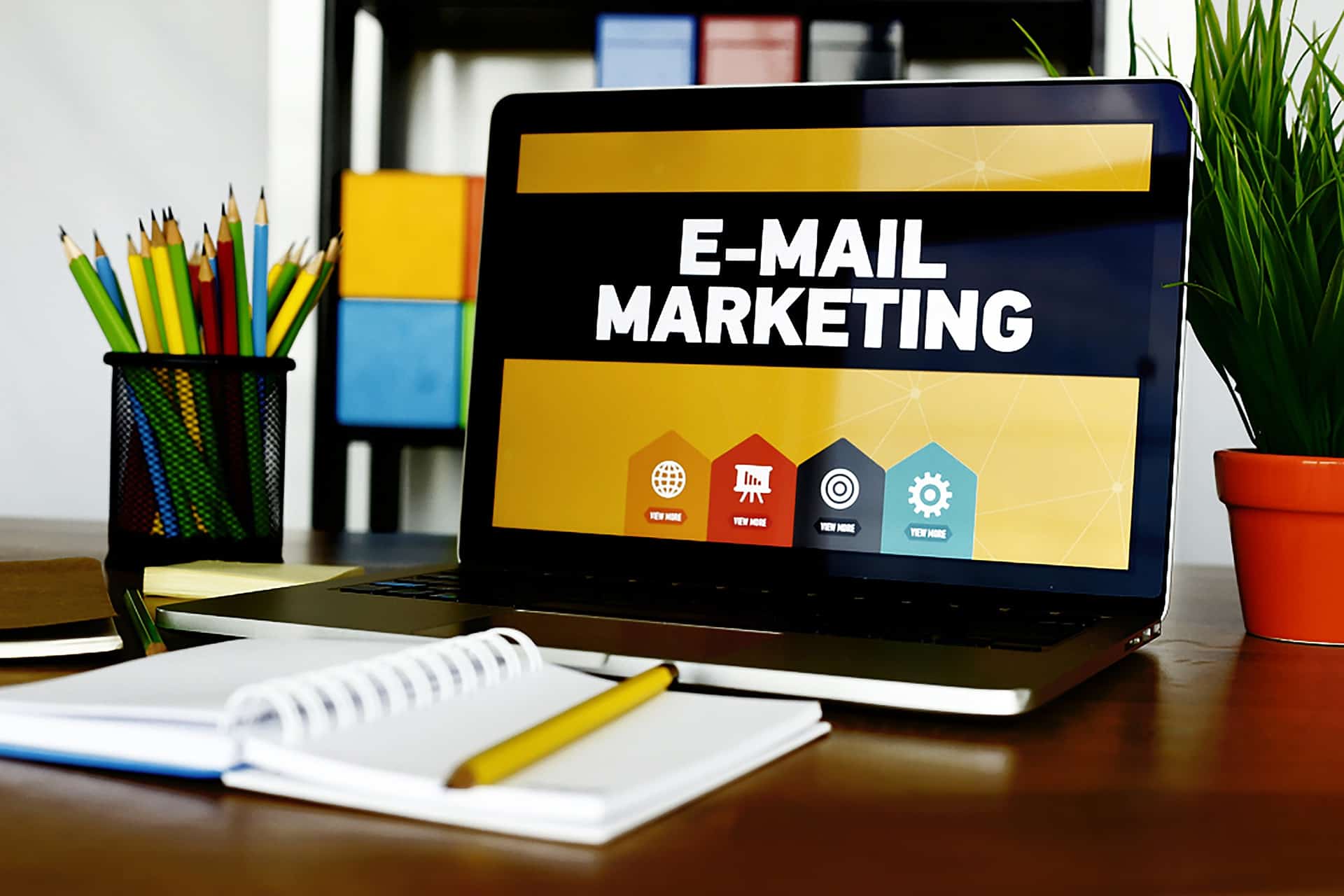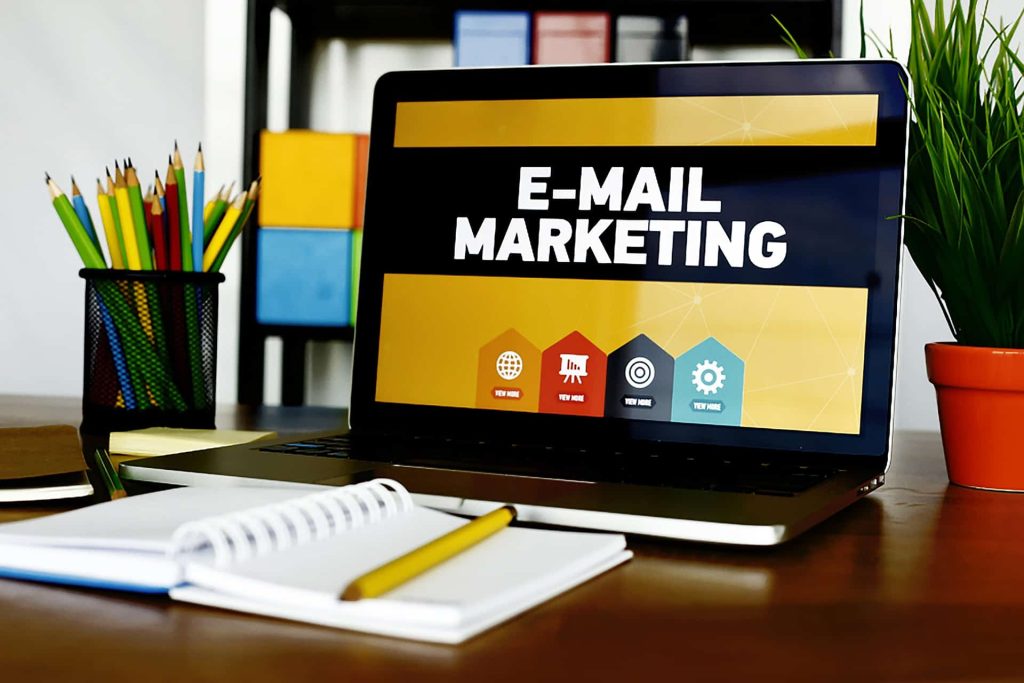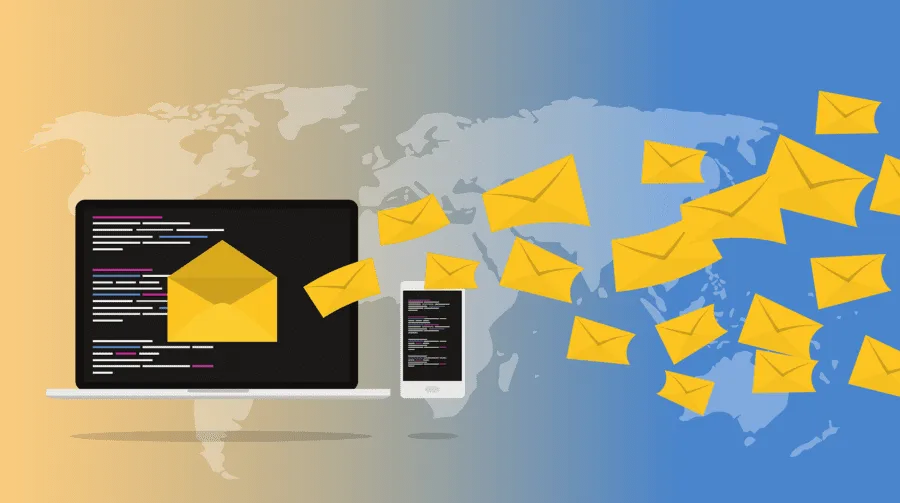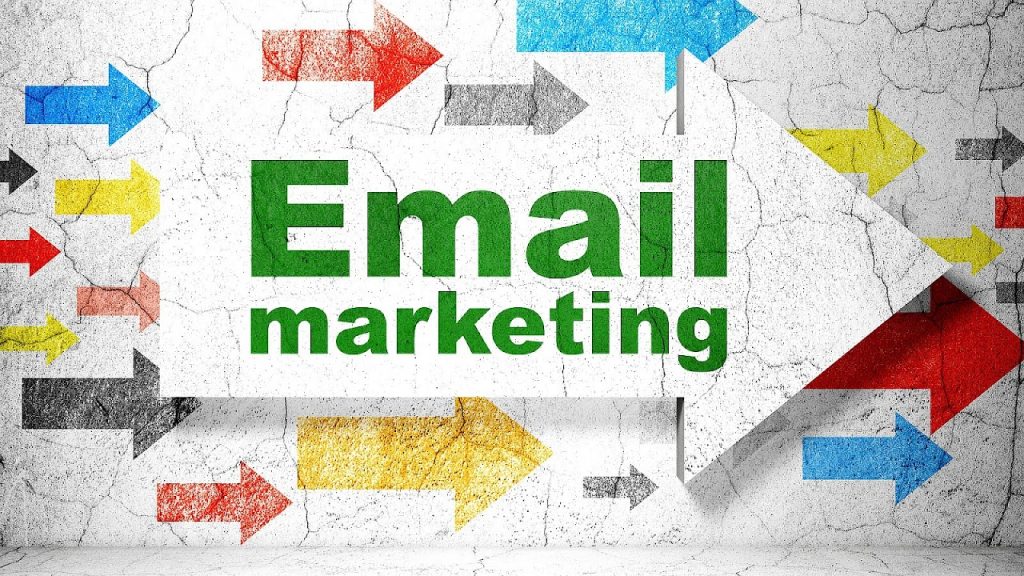

How often have you heard the phrase – “No one reads emails anymore”?
Fortunately for you, this isn’t true…
According to statistics, 64% of small businesses use email marketing to reach their
target customers.
This proves that email marketing continues to be one of the most effective ways to
connect with your audience, drive engagement, and boost sales.
In this article, we’ll explore the best practices for writing copy that not only captures
your readers’ attention but also resonates with them on a personal level.
Before jumping right in, let’s take a look at what email marketing means.
What is Email Marketing?

Have you ever received a friendly, familiar email in your inbox? Something that feels
like it was written by your best friend? except it’s not from your best friend; it’s from a
business or organization that wants to share something with you.
This is email marketing.
It’s a way for companies to stay in touch with you, keep you informed, and
sometimes, encourage you to buy their products or take a specific action.
For business owners, email marketing is a cost-effective way to reach their target
audience, engage with customers, and drive conversions.
It can serve various purposes, including:
● Promoting Products or Services: Businesses use email marketing to announce
new products, share special offers, and encourage recipients to make
purchases.
● Building Customer Relationships: Email marketing is an excellent medium for
staying in touch with customers, providing updates, and offering valuable
content to build brand loyalty.
● Customer Support: Many businesses use email marketing to provide
customer support, address inquiries, and resolve issues, fostering trust and
satisfaction.
● Lead Generation: Email marketing can also be used to capture leads and
nurture them into paying customers.
The key components of email marketing include:
● Email Lists.
● Email Content.
● Personalization.
● Design.
Email marketing can yield a high return on investment (ROI) when done effectively.
However, it’s important to strike a balance between promotional content and
providing value to subscribers.
This is where copywriting becomes essential.
What is a Copy?

In everyday terms, “copy” in writing and marketing simply refers to the words you
see in advertisements, websites, emails, product descriptions, and other promotional
materials.
It’s the text that aims to talk to you, persuade you, or inform you; and the people
behind this “copy” are called copywriters.
They’re the ones who brainstorm and craft the language that strikes a chord with
your feelings, answers your questions, and makes you feel like you’re not just reading
words but having a conversation.
When it comes to writing effective email copy for your marketing campaigns, all you
need is to understand your audience, connect with them on a personal level, and
provide value.
Best Practices for Writing Copy for Email Marketing Campaigns
There are some practices for writing email copies, some of these would be discussed
below.
Know Your Audience
Before you start crafting an email, it’s crucial to understand who your audience is.
What is their demographic? What are their pain points, desires, and interests?
Knowing your audience helps you tailor your email content to their specific needs. It
helps you use language they can relate to, and address the issues that matter most
to them.
Craft a Captivating Subject Line
Your subject line is the first thing your subscribers see, and it can make or break your
email’s success.
Create a subject line that piques curiosity, offers a benefit, or asks a thought-
provoking question. It should be concise, clear, and attention-grabbing.
Personalize Your Greetings
Start your email with a friendly and personal greeting. Use the recipient’s name
whenever possible.
People love to see their name in an email – it makes them feel valued and
recognized. If you have more information about your subscribers, like their previous
purchases, use that to create a tailored opening.
Tell a Story
People are naturally drawn to stories. So craft a narrative in your email that connects
with your readers on a personal level.
You can share success stories, testimonials, or your journey. A relatable story can
help build trust and create an emotional connection with your audience.
Keep it Simple
Nobody wants to read a lengthy email. Get to the point quickly and use short
paragraphs.
You can also choose to use bullet points and subheadings to break up the content,
making it more scannable.
Highlight the Benefits
Your subscribers want to know what’s in it for them. You need to explain the benefits
of your product or service but do it in a way that relates to their needs and desires.
Make it clear how your offering can solve their problems or enhance their lives.
Create a Call to Action (CTA)
Every email should have a clear and compelling call to action. Whether you want
your subscribers to click a link, make a purchase, or sign up for an event, your CTA
should be easy to follow.
Don’t forget to embed a direct link on your CTA for easy accessibility.
Conclusion

By following these best practices, you can create emails that resonate with your
readers, encourage engagement, and ultimately drive the results you’re looking for.
Continue experimenting, learning, and evolving your email marketing strategy to
ensure long-term success.
